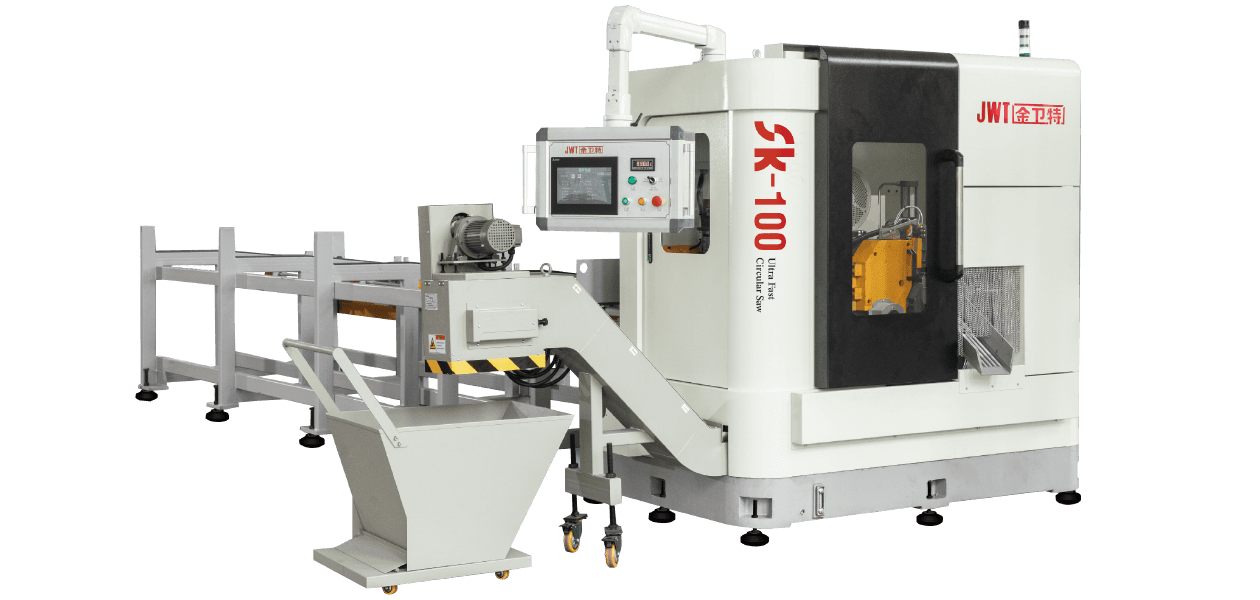Maximizing Efficiency with High-Speed Circular Saw Machines
Understanding the Mechanics of Efficiency
Efficiency in high-speed circular saw machines is determined by several factors, including blade selection, motor power, and operational settings. Choosing the right blade for the job is paramount. For example, a fine-toothed blade is better suited for cutting thin materials, while a coarse-toothed blade excels at cutting thicker stock. Matching the blade to the material not only ensures cleaner cuts but also reduces wear and tear on the machine.
Motor power is another critical factor. Machines with higher horsepower can maintain consistent speed even under heavy loads, preventing stalling or uneven cuts. Variable speed controls allow operators to optimize the RPM for different materials, ensuring maximum efficiency without compromising quality.
Optimizing Workflow with Automation
Automation has become a game-changer in the use of high-speed circular saw machines. CNC-enabled saws, for instance, can execute complex cutting patterns with minimal human intervention. These machines are programmed using software that translates design specifications into precise cutting instructions. This eliminates the possibility of human error and ensures consistent results across multiple pieces.
Automated feeding systems further enhance efficiency by delivering materials to the saw at a steady pace. This reduces downtime between cuts and allows operators to focus on other tasks, such as quality control or setup adjustments. For businesses dealing with large volumes of repetitive cuts, automation can lead to significant time and cost savings.

Reducing Downtime Through Maintenance
Regular maintenance is essential to keep high-speed circular saw machines running smoothly. A well-maintained machine operates more efficiently, consumes less energy, and experiences fewer breakdowns. Simple practices like cleaning the blade after each use, checking for loose bolts, and inspecting the motor for signs of wear can prevent costly repairs.
Blade maintenance is particularly important. Dull or damaged blades not only compromise cut quality but also increase the load on the motor, leading to overheating and potential damage. Sharpening or replacing blades as needed ensures optimal performance and extends the machine's lifespan.
Training and Safety Protocols
Efficient operation of high-speed circular saw machines requires skilled operators who understand the nuances of the equipment. Comprehensive training programs should cover everything from basic machine operation to troubleshooting common issues. Operators should also be familiar with safety protocols, as these machines pose inherent risks due to their high-speed operation.
Implementing safety measures, such as installing blade guards and using anti-kickback devices, can mitigate risks. Additionally, encouraging a culture of safety within the workplace fosters responsibility and accountability among operators, further reducing the likelihood of accidents.
Energy-efficient motors are another area of innovation. Machines equipped with energy-saving features consume less electricity, lowering operational costs and carbon footprints. Businesses that prioritize sustainability can leverage these advancements to align with green initiatives and regulatory requirements.



 中文简体
中文简体 русский
русский







